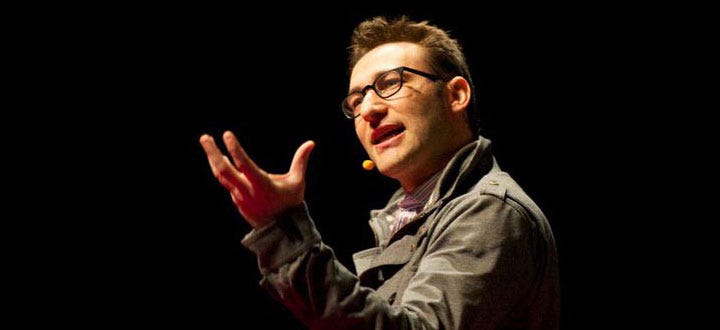Simon Sinek’s Start with Why Shows What Distinguishes Great Business Leaders
By Kirk Barbera
Start with Why: How Great Leaders Inspire Everyone to Take Action, by Simon Sinek. New York: Portfolio, 2009. 256 pp. $26.95 (hardcover).
How did Herb Kelleher, founder of Southwest Airlines, build the most profitable airline in America—one able to profit even during the economic turmoil following 9/11? In Start with Why: How Great Leaders Inspire Everyo…
Keep reading with a 7-day free trial
Subscribe to The Objective Standard to keep reading this post and get 7 days of free access to the full post archives.




